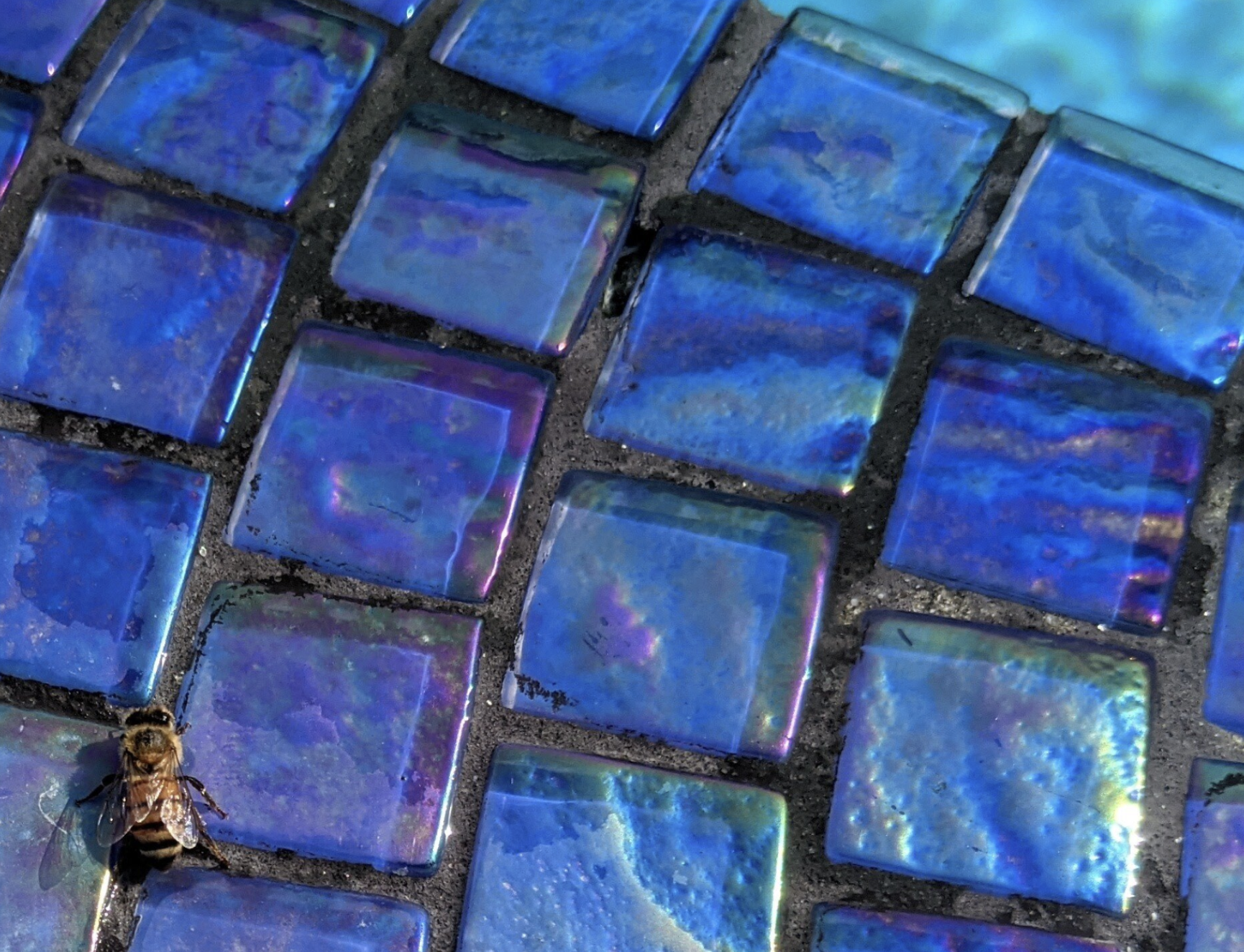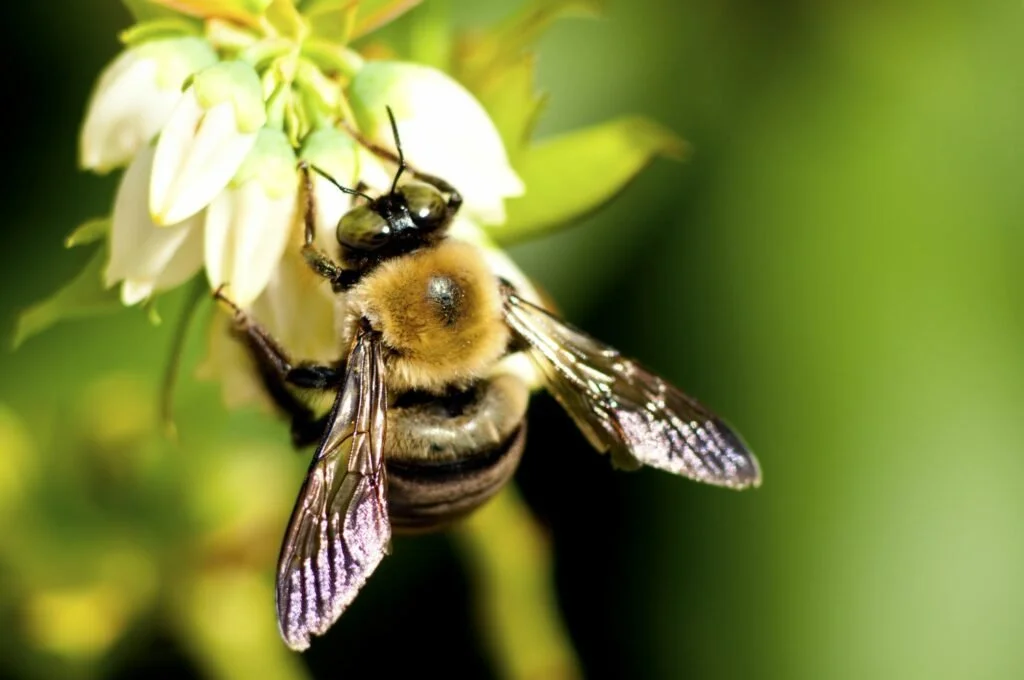
Wild Bees
Watamula Cactus Scrublands
One of the island's best-kept secrets is its thriving population of wild bees.
We have wild bees at the villa. You will see them drinking the sweet water around the pool. They nest under the cliff (wild honeybees and solitary bees) or in the hollows of trees (stingless bees) and play an important role in the Watamula ecosystem. While many people are familiar with honeybees, few are aware of the vast variety of bee species that exist in the world. In Curacao, wild bees are an essential part of the ecosystem. They help pollinate the island's plants and flowers, ensuring that they continue to thrive.
Water on a Desert Island
In Curacao, a fresh water source is key to the bees survival. This is particularly important for the queen bee, who needs a reliable supply of water to produce eggs and maintain the hive. While some bees are able to get the water they need from nectar, wild bees in Curacao rely on a different source: fresh water.
In the wild, fresh water can be difficult to come by, especially in a place like Curacao, where rainfall is scarce. As a result, wild bees have adapted to seek out water sources in unexpected places. They may visit swimming pools like Cliff Villa. By providing a fresh water source, we can help ensure that the wild bees of Watamula continue to thrive and contribute to the island's biodiversity.
It is important to note that while wild bees may seem intimidating to some, they are not aggressive unless provoked. Just let them drink and Watamula will continue to thrive. In fact, they play a vital role in our ecosystem, and without them, our world would be a very different place.
Stingless Bees (Melipona beecheii)
Interestingly, Stingless bees are a unique group of bees found in many tropical regions, including Curacao. As their name suggests, these bees do not have a stinger, and are generally much smaller than honeybees.
In Curacao, the stingless bee species Melipona beecheii is the most common. These bees are highly social, living in large colonies with a queen bee and worker bees. Like other species of bees, they play a vital role in pollinating the island's plants and flowers, and are important for the local ecosystem.
Interestingly, stingless bees in Curacao are also known for their unique method of hive construction. Unlike honeybees, which build their hives in a hexagonal pattern, stingless bees build their nests out of a mix of resin and wax, creating intricate spiral patterns. These nests can be quite large, with thousands of individual bees living together.
Unlike honeybees, stingless bees don't feed their larvae. Nectar and pollen are placed in a cell where an egg is placed, and then the cell is sealed until an adult bee emerges. The caste system in the stingless bee colony is also a bit different than the caste system in the honeybee hive
While it is difficult to estimate the exact proportion of the bee population in Curacao that is made up of stingless bees, they are certainly an important and noticeable part of the local bee population. In fact, many people on the island keep stingless bee hives as a way of producing honey and supporting local conservation efforts.
Interesting facts about our bees:
Curacao is home to over 200 species of bees, including wild honeybees, stingless bees, and solitary bees.
Wild bees in Curacao are essential for the pollination of many of the island's important crops, including cacti, aloe vera, and sorghum.
In addition to their role as pollinators, some species of wild bees in Curacao are also used for their medicinal properties. For example, the stingless bee species mentioned above produces a substance called propolis, which has antibacterial and antifungal properties.
Wild bees in Curacao rely on a variety of sources for their food, including nectar, pollen, and fresh water. They are known to visit a wide range of flowering plants, including cactus flowers.
The wild bees of Curacao face a number of threats, including habitat loss, pesticide use, and climate change. As a result, conservation efforts are underway to protect these important pollinators and ensure their continued survival.
Dive
Explore the magic of the reef.


